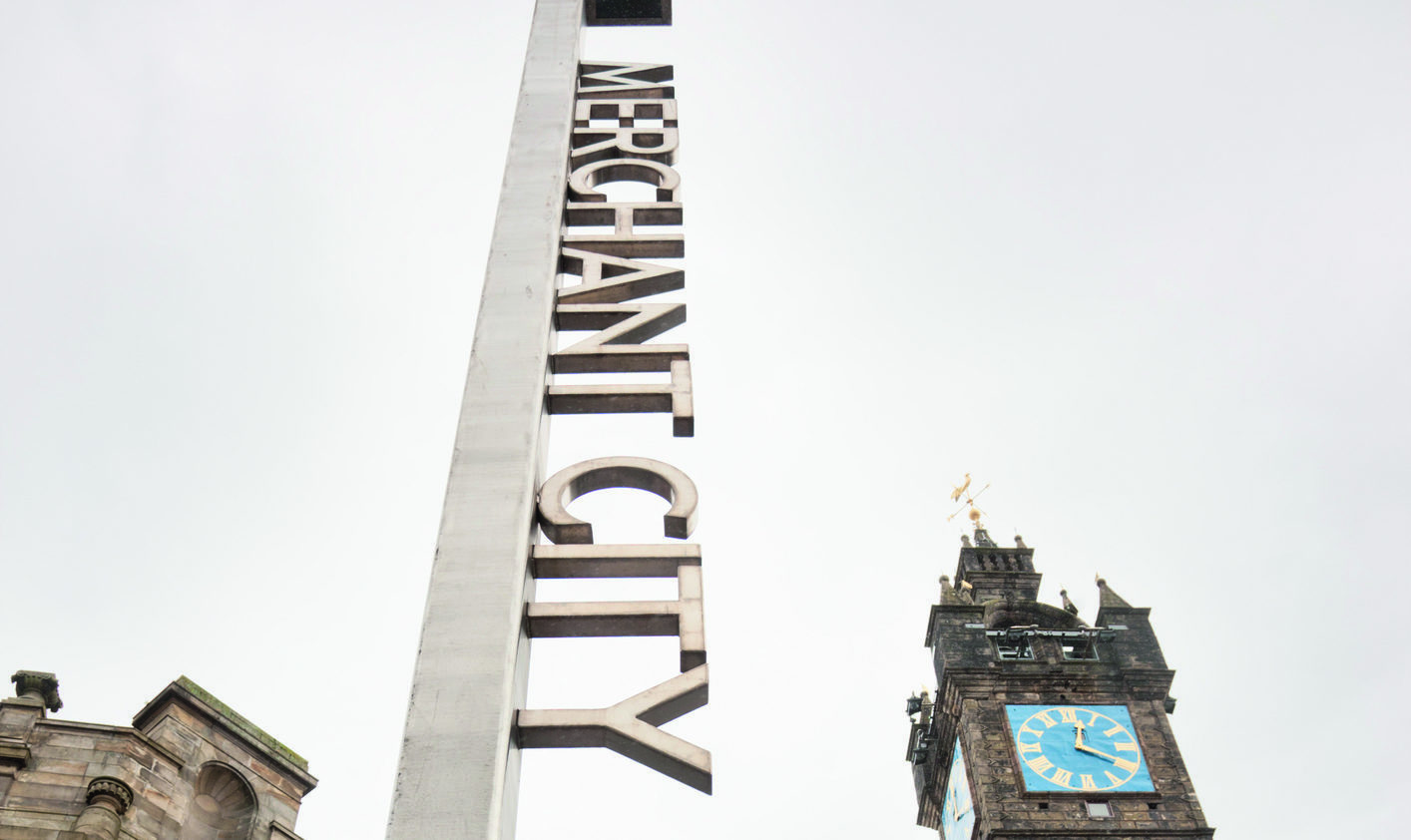
GLASGOW’S Merchant City Festival is less than a hundred days away.
The event promises some of the best of Scottish and international art and entertainment with a programme including street arts, music, theatre, food & drink, visual art, film, comedy, dance, fashion & design and children & families activities.
This year, it will take place at the same time as Glasgow’s European Championships, running from August 2 -12.
To look forward to the event, here are ten tasty titbits about the history of the Merchant City…
36 High street marks the spot where David Dale set up his first business in 1763. David Dale was the founder of New Lanark which attracted visitors from all over the world.
Dale’s daughter (Caroline) married Robert Owen in 1799 and by 1800, Dale had sold the mills to a group of businessmen led by Robert Owen. The rest is history.
The area around the high street of Glasgow was known as the ‘Rialto’, which attempted to emulate the style of Renaissance Venice with its arcaded streets and piazzas.
The Dakhin In Candleriggs was Glasgow’s first South Indian restaurant in Scotland and is currently the only 100 per cent gluten free dining restaurant in Scotland.
The Tolbooth Steeple clocktower at Glasgow Cross currently boasts 16 musical bells. It used to have 28.
It’s the only surviving part of a bigger building which housed the Town Clerks Office, council chamber and debtors prison.
You can see where it used to be attached by the discolouration at one side.
Candleriggs boasted the first fast food shop, in 1810, called Granny Black’s.
The owners realised people who were drinking might be hungry so started selling pies to carry out.
The Drygate is Glasgow’s oldest street, to the north of the Cross.
Ingram Street used to be known as Back Cow Loan but was then named after the Lord Provost of 1762, Archibald Ingram.
The Assembly Rooms in Ingram Street, which opened in 1796, were designed by the Edinburgh-based architects James and Robert Adam.
They were also responsible for the Royal Infirmary.
Glasgow’s own Statue of Liberty sits atop The City Chambers.
The statues on the tower are the Four Seasons, with the Apex statues being Truth, Riches and Honour.
The main ‘Apex’ statue is Truth…designed by James Alexander Ewing.
Till 1750 there were only thirteen streets in Glasgow.
These were – Bell Street, Bridgegate Street, Candleriggs Street, Canon Street, Drygate Street, Gallowgate Street, High Street, King Street, Princes Street, Rottenrow Street, Saltmarket Street, Stockwell Street, and Trongate Street.
Now there are approximately two thousand one hundred streets in the city.
Saltmarket was named after the salt which was used by the fish curers who operated in that area.
It used to be known as “Walkergait”. The trade carried out by the waulkers was cloth bleaching.

Enjoy the convenience of having The Sunday Post delivered as a digital ePaper straight to your smartphone, tablet or computer.
Subscribe for only £5.49 a month and enjoy all the benefits of the printed paper as a digital replica.
Subscribe